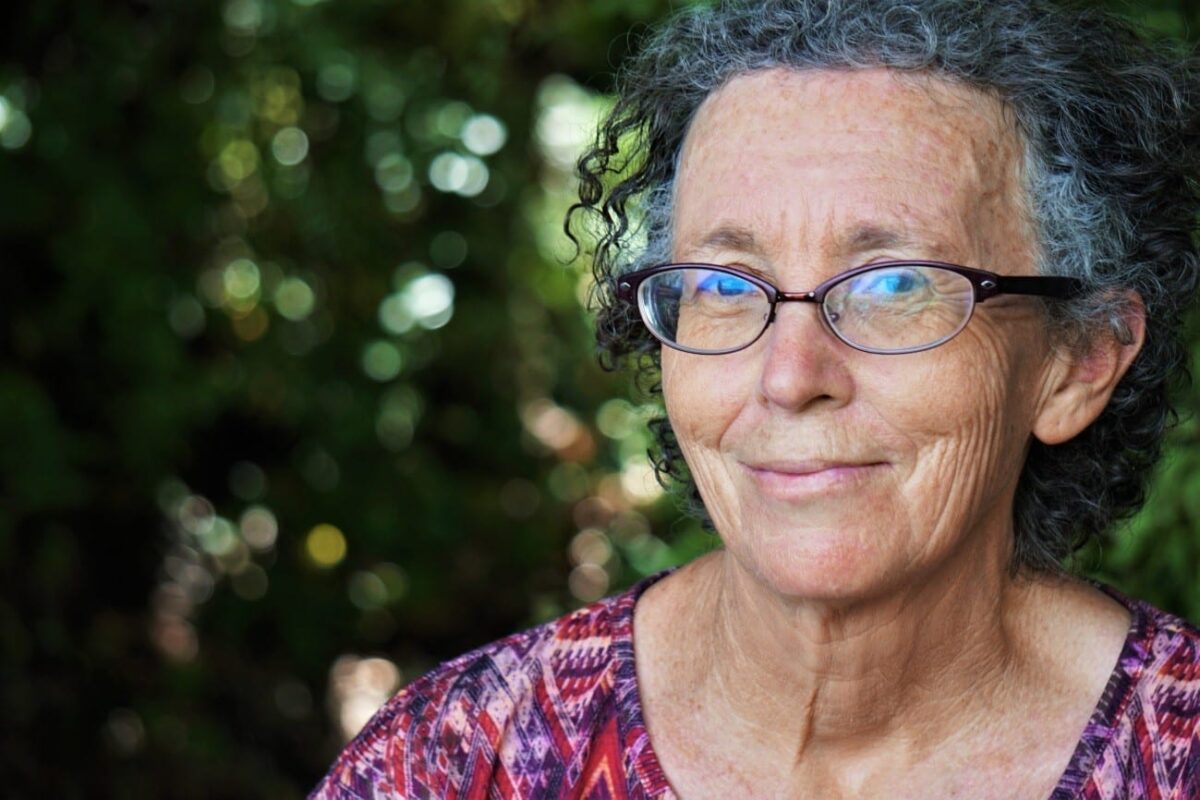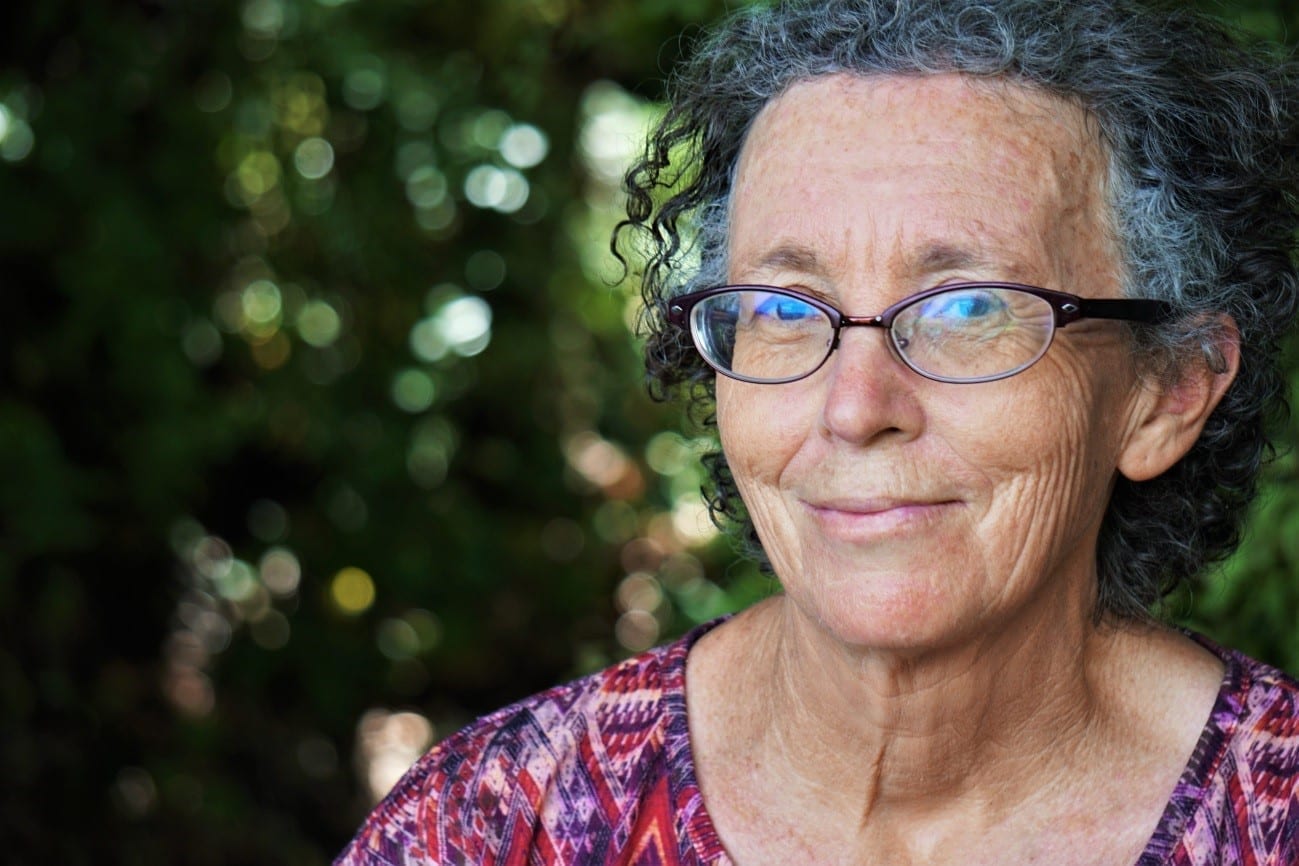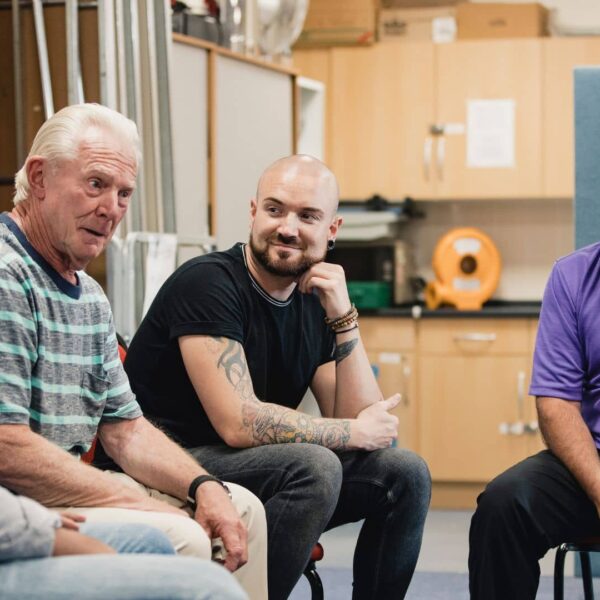Self Sufficiency Matrix, matrix for evaluation independent-living capability

Self Sufficiency Matrix, matrix for evaluation independent-living capability
Amsterdam Town Hall

Computer application that allows measuring a person’s ability to be self-sufficient, that is, to carry out daily activities independently
Until now, the assessment of an individual’s self-sufficiency was subjective, as it depended on the evaluator’s opinion. The Self Sufficiency Matrix (SSM) is based on eleven parameters that affect the effectiveness, productivity, and quality of life of the person. Income, housing, social network, and mental health are some examples. The tool allows the evaluator to obtain a relatively simple and comprehensive view of a complex concept.
The SSM captures “a snapshot” of a person’s specific moment. For this reason, generally, information older than 30 days is discarded. Additionally, the person’s background or future predictions about their state are not included. The program is divided into five levels of self-sufficiency, from less to more.
Characteristics of innovation
Location
Holland
Partners / Funders
Rotterdam City Hall
Genesis
The first version was published in 2010. The SSM addresses a need that had not been met until now: reliable, comprehensive, and comparable information in public health care.
Implementation level
Since 2010, a large number of municipalities, institutions, and organizations have shown interest in the application. Professionals, legislators, and researchers who have applied the SSM shared their experience and suggested improvements. As a result, the SSM 2013 was created, which is clearer and easier to use.
Banc d’innovacions







